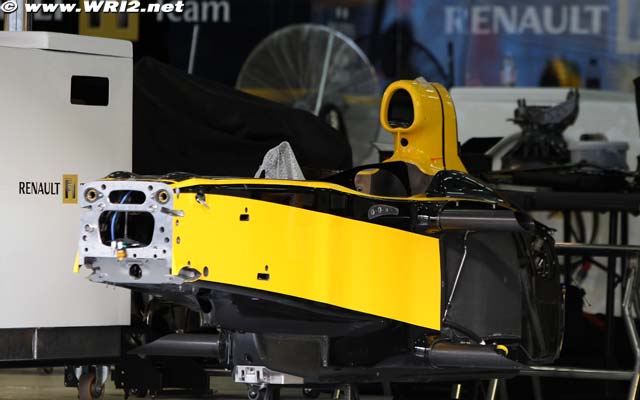marcush. wrote:marekk wrote:marcush. wrote:forget this ramming thing.You got a significant pressure drop through this duct even without a radiator.And the pressure drop will not go away by making the inlet bigger.
At a certain point of necking down the pressure drop will just cancel out the pressure you got available to drive the system and air speed at the exit will simply be equal to the surrounding one.that 17% volume expansion ....is not even enough to fill the void cut into the air stream by the radiator which occupies surely more than 17% of the crossection of the duct at the start of the exit duct.It will help to fill the volume but not much more.
Marcus,
it's maybe a slightly counterintiutive, but when a gas accelerate through a nozzle, the velocity increase and the pressure and the gas density decrease, until we arrive at sound of speed, when flow's definitely chocked. And i don't think we are close to speed of sound at this renault. We don't have a regular nozzle either, but something close to it, maybe it works.
And output flow will be 17% quicker compared do "cold" radiators - regardless you use it tho blow difuser or not.
I do not deny this.My pointis .will the heating be able to recover the speed lost in the radiator core?
My point is:putting the air through the duct will always have losses coming with it,there is no free lunch.undoubtedly you need exits for the hot air and inlet for the cold air in and the aim is to have as low losses as possible,not increasing the flow through the body to achieve something (stop -the f-duct was definetly doing exactly this ...)
Yeah. Fluids do behave a little bit weird sometimes.
I think the key to understand it is to imagine, that what we have around us is mostly nothing. If you use some realy strong gravitation (like in neutronino stars for example), you can easy squize our earth to the diameter of average apple. Not kidding.
And air is even much thinner then average earth's mater.
There is simply vast of empty space to fill. Just my view on this.
Of course nothing's free in universum, so you will have some drag resulting from the flow, but it's mainly due to friction (air do have some viscosity) and turbulences (induced drag), not due to pressure increase in sidepods. In fact there is no significant pressure build up in front of radiators. Due to those losses it's not possible to get nett thrust from this configuration (radiators are to cold for it to work), but you have to carry sidepods with radiators anyway.
Until chocked, output speed of this flow will be bigger then input flow speed, due to thermal expansion, creating lower pressure regions at the back. You can speed it up even more with right geometry of output area - think of nozzle as diffuser working backwards (very efficient, lots of flow, low drag). Just the right shape to put air molecules in right place in those empty spaces.
As i said, no idea if this really works, but from physic's point of view it's possible.









